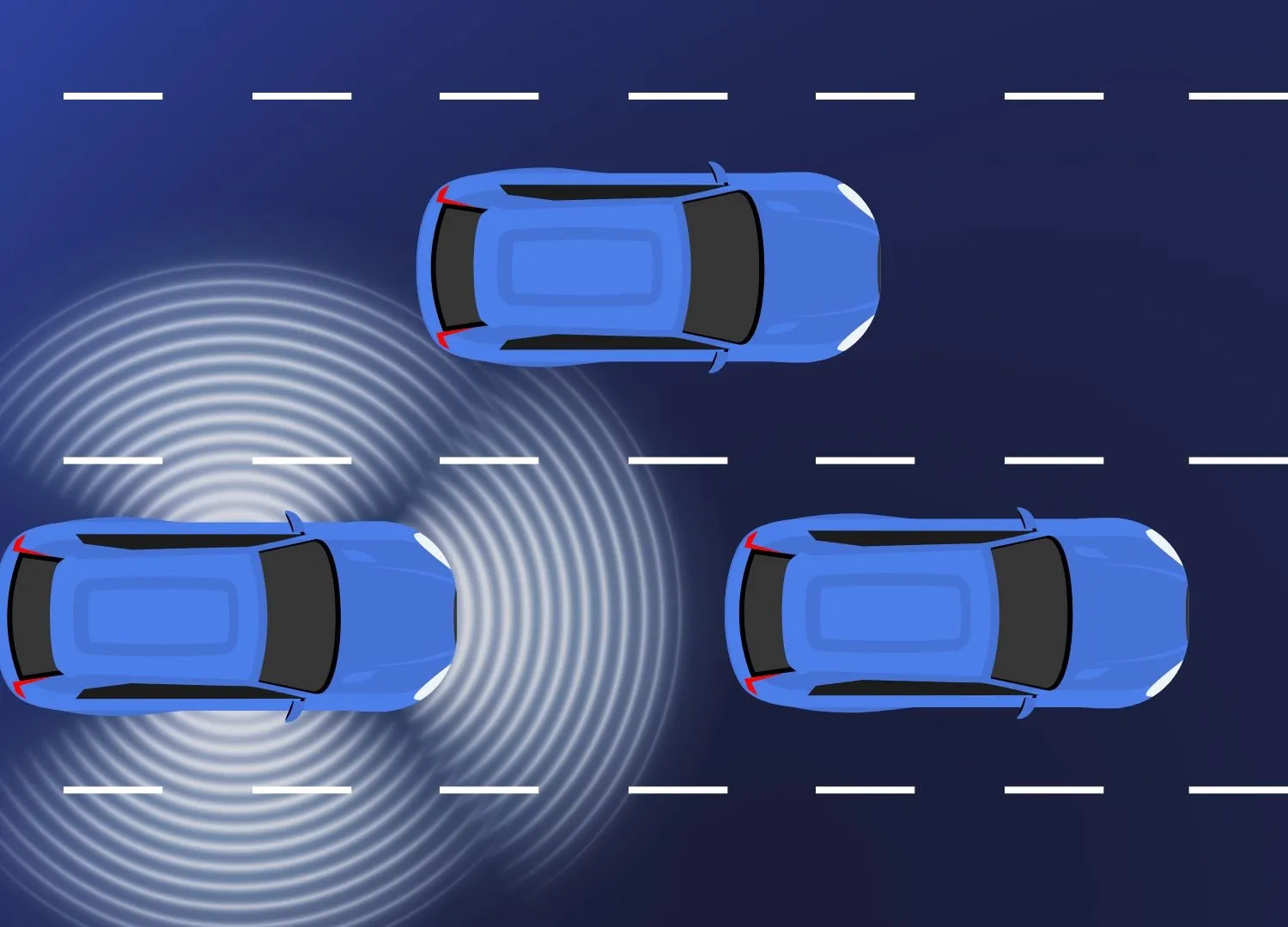UK company Delphi Automotive has completed the longest automated drive in North America, travelling from San Francisco to New York in the first coast-to-coast trip ever taken by an automated vehicle. Nearly 3,400 miles were covered with 99 per cent of the drive in fully automated mode. The drive was used by Delphi engineers to research and collect information that will help further advance active safety technology – the most rapidly growing technology sector of the auto industry. The team collected nearly
April 7, 2015
Read time: 2 mins
RSSUK company 7207 Delphi Automotive has completed the longest automated drive in North America, travelling from San Francisco to New York in the first coast-to-coast trip ever taken by an automated vehicle. Nearly 3,400 miles were covered with 99 per cent of the drive in fully automated mode.
The drive was used by Delphi engineers to research and collect information that will help further advance active safety technology – the most rapidly growing technology sector of the auto industry. The team collected nearly three terabytes of data.
The nine-day trip crossed 15 states and the District of Columbia. Along the way, the vehicle encountered complex driving situations such as traffic circles, construction zones, bridges, tunnels, aggressive drivers and a variety of weather conditions.
Delphi’s automated driving vehicle is equipped with a full suite of advanced technologies and features, many of which are already on the market today including collision mitigation, integrated radar and camera systems, forward collision and lane departure warning.
“Our vehicle performed remarkably well during this drive, exceeding our expectations,” said Jeff Owens, Delphi chief technology officer. “The knowledge obtained from this trip will help optimise our existing active safety products and accelerate our future product development, which will allow us to deliver unsurpassed automotive grade technologies to our customers.”
The drive was used by Delphi engineers to research and collect information that will help further advance active safety technology – the most rapidly growing technology sector of the auto industry. The team collected nearly three terabytes of data.
The nine-day trip crossed 15 states and the District of Columbia. Along the way, the vehicle encountered complex driving situations such as traffic circles, construction zones, bridges, tunnels, aggressive drivers and a variety of weather conditions.
Delphi’s automated driving vehicle is equipped with a full suite of advanced technologies and features, many of which are already on the market today including collision mitigation, integrated radar and camera systems, forward collision and lane departure warning.
“Our vehicle performed remarkably well during this drive, exceeding our expectations,” said Jeff Owens, Delphi chief technology officer. “The knowledge obtained from this trip will help optimise our existing active safety products and accelerate our future product development, which will allow us to deliver unsurpassed automotive grade technologies to our customers.”









